Tobago travel guide: beaches, rainforests and feasting
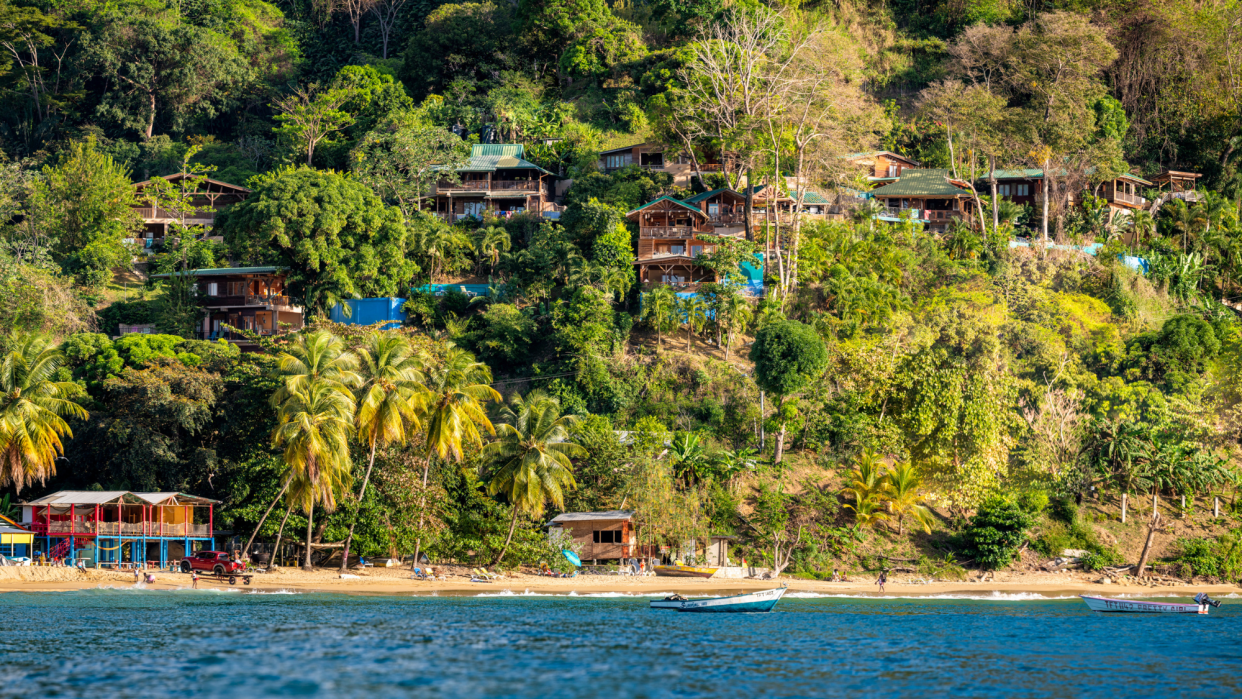
Barely a day into my visit to Tobago I found myself on horseback in the shallows of Buccoo Bay. I clung on, knowing my horse may wade in even further to swim, and that I would be expected to simply go with the flow.
That was just another day in Tobago, a free-spirited Caribbean island with an uncanny habit for drawing you out of your comfort zone and into exhilarating escapades of adventure.
Why you should visit Tobago
There's a realness to Tobago that doesn't always feature in the Caribbean resort fantasy. The coves of pearly white sand, slouching palm trees and irresistible water are all there, but it's less manicured. The more built-up areas, like the capital Scarborough, are boisterous pockets of unfiltered life, while many inland villages are little more than clusters of half-finished buildings where untethered animals roam freely around their keepers.
Tobagonians wouldn't have it any other way. They've honed the art of not taking life too seriously, coolly devoting it to family and community, all generously seasoned with a mischievous sense of humour. These are the key ingredients to life here and, just like the local music genre soca, there's an inherently jovial rhythm to it all.
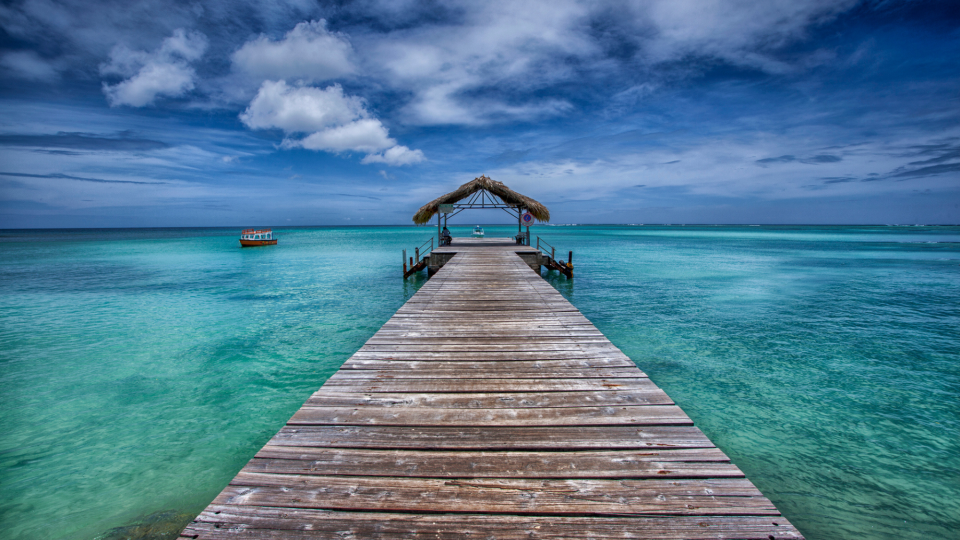
What to do in Tobago
Sink into one of Tobago’s fine beaches and be entirely content. Buccoo Bay, Pigeon Point and Castara Bay are just a few of the most photogenic spots, but there are countless hidden gems waiting to be found, many virtually untouched by any flicker of civilisation. Pirate's Bay, on the northeast tip near Charlotteville, is every bit as secluded as it was in its more nefarious past.
But it would be a crime to limit any experience of Tobago to beaches alone. When it's not submerged between the tides, No Man's Land is an uninhabited peninsula that attracts hordes of visitors twice a day. There are schools of brilliantly coloured parrotfish in the coral reefs that can be snorkelled just a few minutes out from this ribbon of sandy coastline. Somehow the water is knee-deep out by those reefs, so you can experience the phenomenon of standing in the middle of the Caribbean Sea.
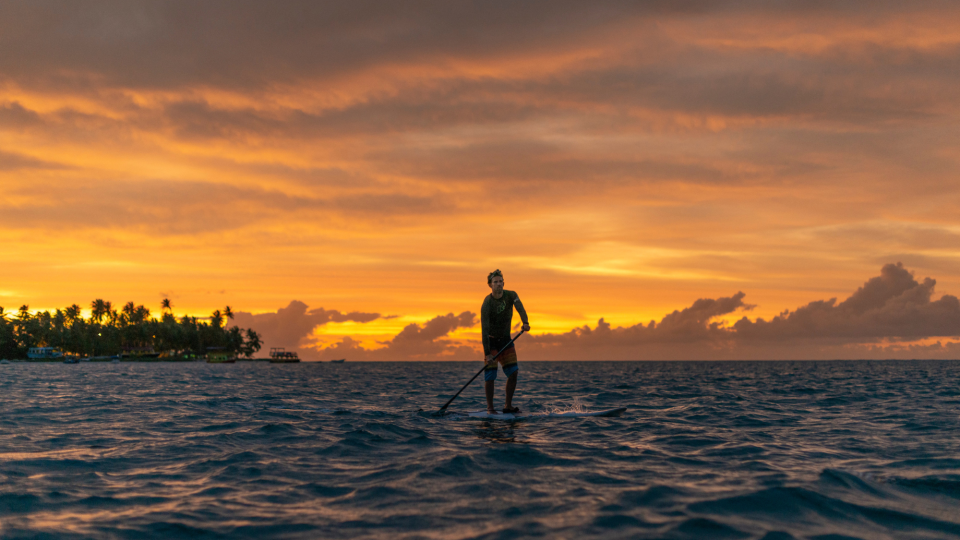
Inland Tobago engulfs you in exotic plant and animal life, an experience that peaks on the island of Little Tobago. It's reserved exclusively for nature, particularly the many seabirds that flock balletically off its verdant coastline, and none more famously than the elegant red-billed tropicbird. It's a steep, sweaty ascent to the island's observation deck, but if David Attenborough deemed the airborne spectacle that awaits you worthy of his "Trials of Life" BBC series, you might too.
The main island is just as fertile, with a soaring, rainforest-covered interior that feeds a vibrant ecosystem and climate. The Main Ridge Forest Reserve is a portal to the oldest protected rainforest on the planet, and home to a thriving colony of flora and fauna, many of which are endemic.
A guided tour is an immersive introduction to the island's ecological lifeblood, especially when you discover the enchanting waterfalls hidden deep in the overgrowth. The water is far from cold at Parlatuvier Falls, but it offers welcome and well-earned refreshment after a day spent navigating the dense and unruly vegetation.
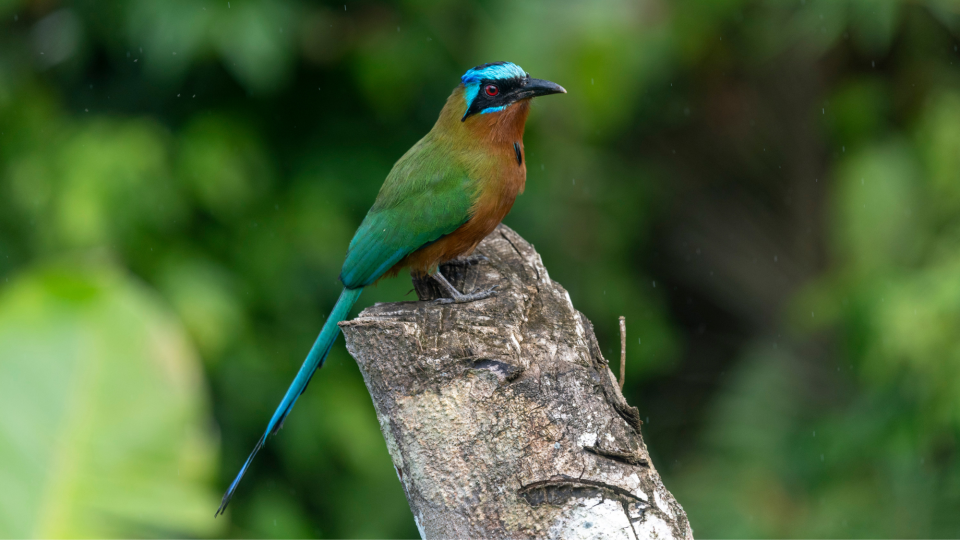
Eating and drinking
Tobago's cuisine, with its roots in the Indian subcontinent, is anything but subtle. Flavour, spice, heat – all are cranked up to the max. Take the ubiquitous breakfast street food, doubles. These small flatbreads filled with curried chickpeas may look harmless but deliver a ferociously potent hit of deep, fruity, addictive heat that I'm still reminiscing about.
Fish is both a staple and delicacy, the warm waters giving the island rich stocks of kingfish, lobster and red snapper. At the rustic Bird Watcher's Restaurant and Bar in Speyside, owner Mr Frank has been serving what many locals consider the island's finest lobster for over 20 years; I would consider it arguably the finest lobster I’ve eaten anywhere. The huge specimens are grilled simply with butter, lemon and garlic and are best eaten by hand in a ritual of shameless, messy silence, lubricated by a cleansing Carib beer.
Tobago's exotic produce is the foundation of specialties found everywhere, like hearty coconut bake, fragrant crab and dumplings, and comforting breadfruit and stewed dasheen. Fresh coconut water, drank directly from the machete-hacked opening of the fruit, never gets boring. Even the menus of the more refined dining spots, like The Seahorse at Stonehaven Bay or the Brown Cow in Pigeon Point, never stray too far from Tobago's most classic dishes, even if their zingy, rum-spiked cocktails may be a notch more flamboyant.
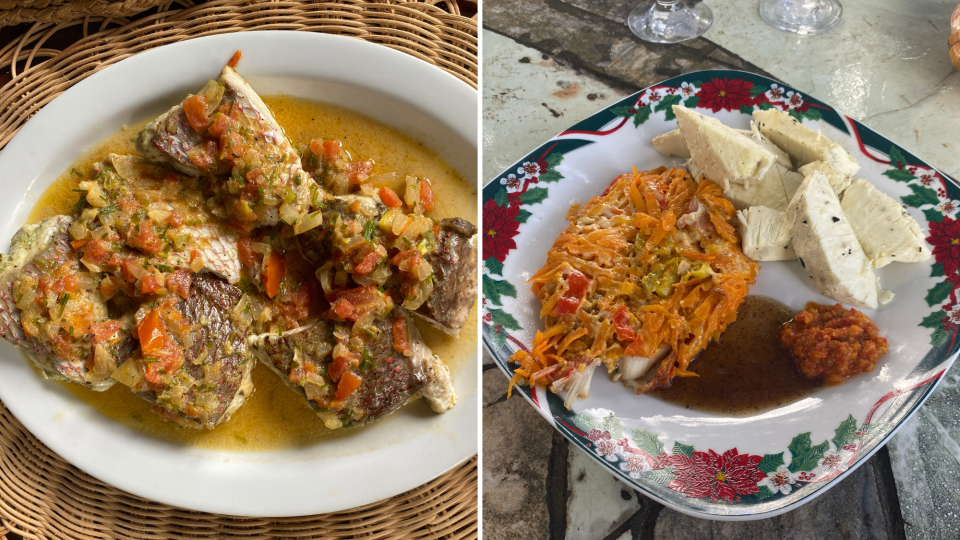
Where to stay in Tobago
For now, Tobago is one of the few Caribbean islands that isn't overrun by blingy, identikit hotel resorts. Perhaps the nearest things to that aren't hotels at all.
Ohana Villa is a 12-person rental property of dramatic scale, elevated on the Scarborough coast. The opulent terrace has two infinity pools and the grandest rooms have four-poster beds, with showers inside and out, offering inspiring sea views.
Sunsets are unrivalled, either from the house or the strip of quasi-private beach it comes with. The building's arrowing silhouette recalls period architecture from the Far East, while the interior has a luxe Polynesian finish. Together it's an extravagant wedding venue, bougie getaway or potential "Love Island" location.
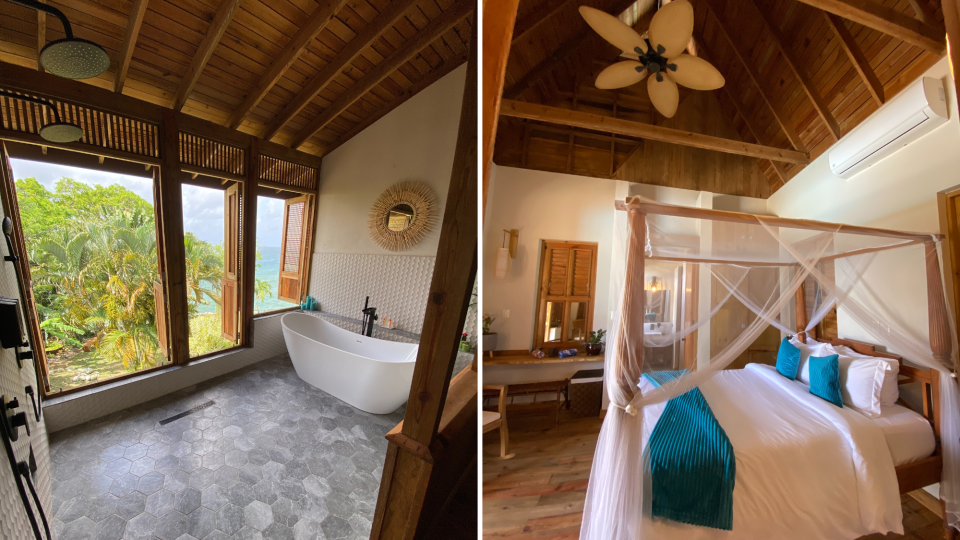
Castara Retreats is more like a hotel, just with fewer bad habits. Overlooking the ruggedly beautiful Castara Bay on the Caribbean coast, the complex of eco-lodges unfurls over the abundant hillside rainforest, like ivy over a castle's walls. Some of the self-catering cabins have terraces facing both the sea and the Main Ridge Forest Reserve and, if the weather turns, trust me – it's the kind of rainfall you'll enjoy being woken by.
The hotel's sustainability practices contribute to Tobago's growing reputation as an ecotourism hotspot. It is constantly fine-tuning its approach to hospitality, including its authentic restaurant, but it is already bringing its A-game to the wellness offering. Led by Judha, who conducts welcoming daily yoga classes and personalised massage therapies, it's a key reason why Castara Retreats can legitimately call itself a retreat.
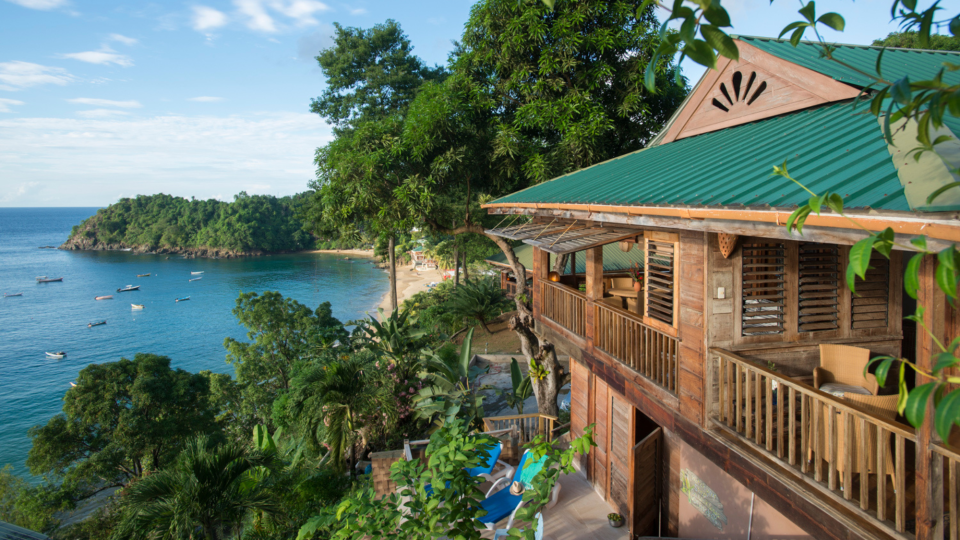
Rates at Ohana Villa start from £1,343 (USD$1,699) per day from May to October, and £1,580 (USD$1,999) during the high season. Rates at Castara Retreats start from £117 (USD$148) for a one-bedroom lodge during the main season, and £130 (USD$164) during high.
Dominic was invited to visit Tobago by Four PR agency, working on behalf of the Tobago Tourism Agency (TTA). Castara Retreats hosted Dominic on a complimentary basis, while TTA sponsored experiences at Ohana Villa and other selected businesses in Tobago during his stay.
Sign up for The Week’s Travel newsletter for destination inspiration and the latest news and trends.


